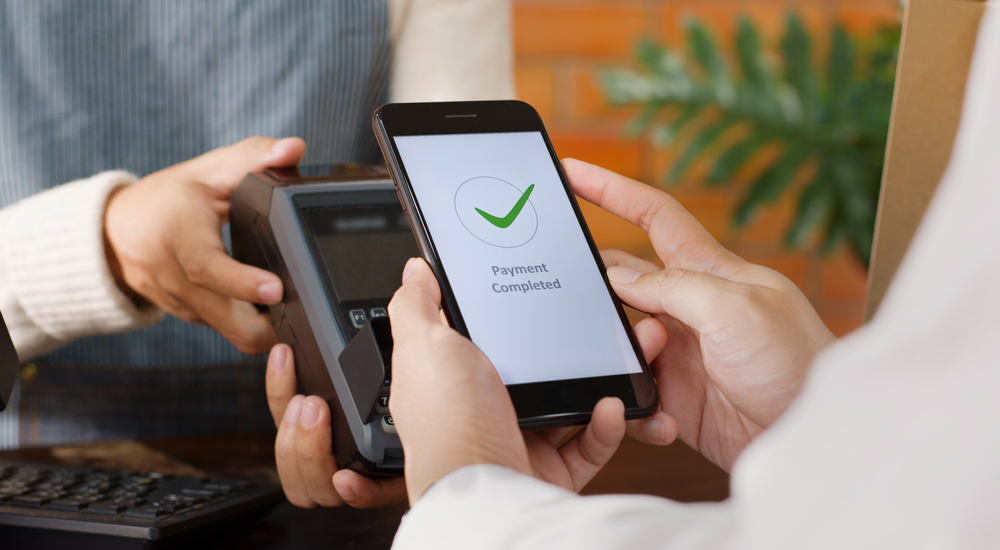In today’s fast-paced world, convenience and efficiency are paramount in every aspect of our lives, including banking and financial transactions. Enter contactless payments, the game-changing technology that has revolutionized the way we pay for goods and services. From groceries to transportation fares, the tap-and-go method has swiftly become a ubiquitous feature in our daily transactions. In this blog, we delve into the intricacies of contactless payments, exploring its evolution, benefits, security features, and the future it holds in the realm of banking.
Evolution of Contactless Payments:
Contactless payments, also known as near-field communication (NFC) payments, have roots dating back to the early 2000s when the technology was first introduced. However, it wasn’t until recent years that it gained widespread adoption and acceptance. Initially, contactless payments were predominantly associated with credit and debit cards, allowing users to make transactions by simply tapping their cards on compatible terminals.

As technology advanced, contactless payments expanded beyond cards to include smartphones, smartwatches, and other wearable devices equipped with NFC capabilities. This evolution has made payments even more seamless, as consumers can now make purchases with just a tap of their device, eliminating the need to carry physical cards.
Benefits of Contactless Payments:
1. Speed and Convenience: The primary allure of contactless payments lies in its speed and convenience. With traditional payment methods requiring the insertion or swiping of cards, contactless payments offer a much faster and frictionless alternative. Whether you’re grabbing a coffee on your way to work or rushing to catch a train, the ability to tap and go streamlines the transaction process, saving valuable time.
2. Hygiene and Safety: In a post-pandemic world where hygiene concerns are paramount, contactless payments offer a safer alternative to cash transactions. By minimizing physical contact with surfaces, contactless payments reduce the risk of germ transmission, providing consumers with peace of mind during their transactions.
3. Versatility: Contactless payments are not limited to specific merchants or industries. From retail stores and restaurants to public transportation and vending machines, the versatility of contactless technology ensures its applicability across various sectors, offering consumers a seamless payment experience wherever they go.
Security Features:
Despite the convenience it offers, security remains a top priority in contactless payments. To safeguard against fraudulent activities, contactless transactions are encrypted and protected by multiple layers of security protocols. Some notable security features include:
1. Tokenization: Contactless payments employ tokenization, a process that replaces sensitive card information with a unique token. This token is used for transaction processing, minimizing the risk of unauthorized access to card data.
2. Transaction Limits: Most contactless payments impose transaction limits, requiring additional verification methods for high-value transactions. This adds an extra layer of security, mitigating the risk of unauthorized use in case of card loss or theft.
3. Authentication Methods: In addition to tap-and-go functionality, many contactless payment methods incorporate biometric authentication, such as fingerprint or facial recognition, to verify the user’s identity for secure transactions.
The Future of Contactless Payments:
As technology continues to evolve, the future of contactless payments looks promising, with several trends shaping its trajectory:
1. Expansion of Wearable Devices: With the growing popularity of smartwatches and fitness trackers, wearable devices are poised to become the next frontier in contactless payments. Integrating NFC capabilities into wearable technology offers users greater convenience and accessibility, further driving adoption.
2. Integration with IoT Devices: The Internet of Things (IoT) ecosystem presents opportunities for contactless payments to integrate seamlessly into everyday objects, such as smart home devices and connected vehicles. This integration streamlines payment processes and enhances user experiences in diverse contexts.
3. Enhanced Personalization: Advanced data analytics and machine learning algorithms enable personalized payment experiences tailored to individual preferences and behaviors. From targeted promotions to customized loyalty programs, personalized contactless payments create added value for both consumers and merchants.

In conclusion, contactless payments have emerged as a transformative force in the banking industry, redefining the way we transact and interact with financial services. With its unparalleled convenience, enhanced security features, and continuous innovation, tap-and-go technology is set to shape the future of payments, offering a seamless and frictionless experience for consumers worldwide.
